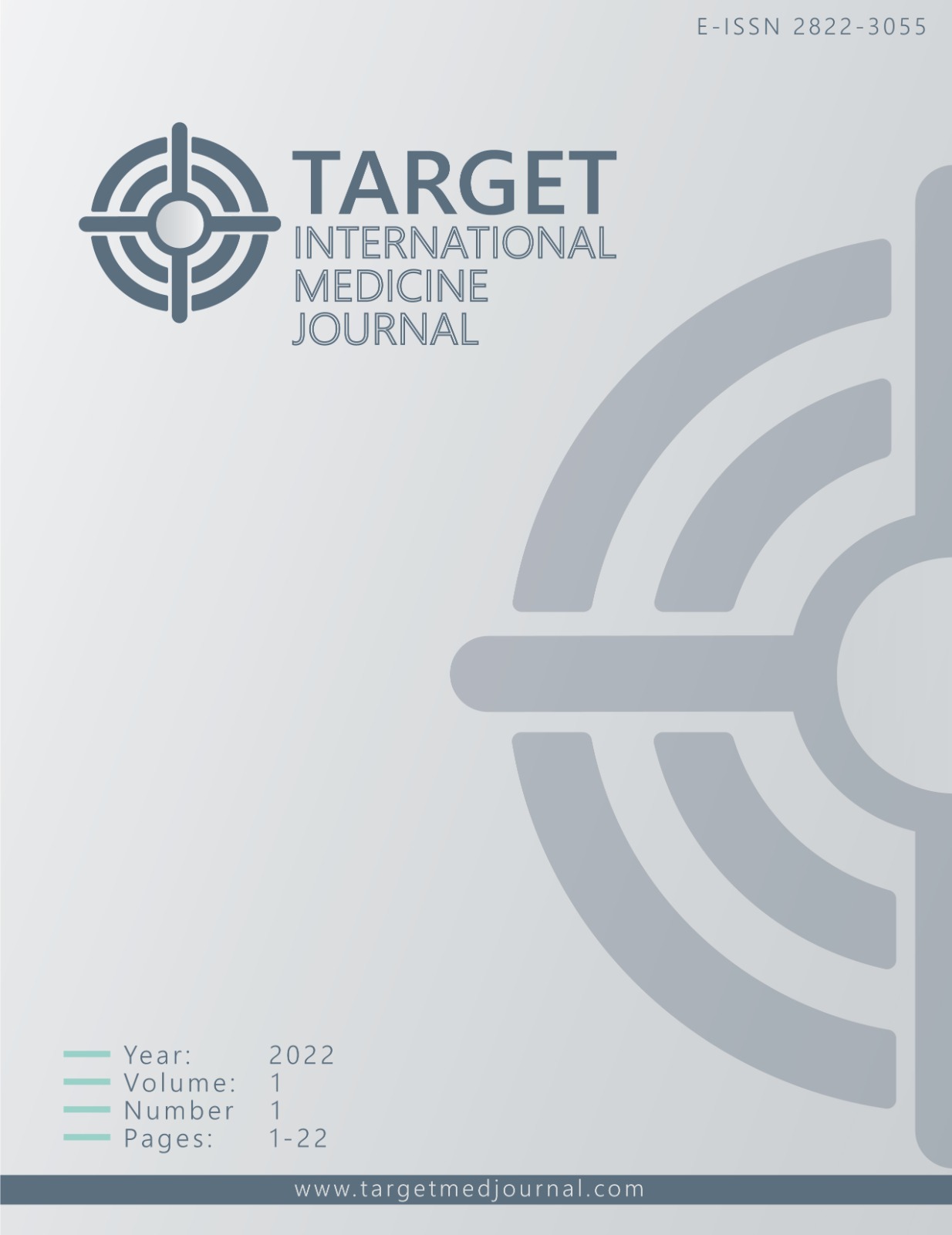Author :
Abstract
Keywords
Abstract
Lead is one of the most important heavy metals to threaten human health and ecological balance. Exposure to lead due to occupational necessity or for various reasons creates toxic effects on cells. There are generally three forms of lead in the environment, metallic lead, lead salt, or organic forms containing carbon. Damage caused by lead in living systems after exposure to free radicals involves two different mechanisms. Lead causes tissue and organ damage by inhibiting two important enzymes, such as delta-aminolevulinic acid dehydratase (ALAD) and glutathione reductase (GR).
Lead exposure occurs mostly through the gastrointestinal system, respiratory system, and skin. After lead is taken into the body, it binds to hemoglobin at a rate of 99% and is distributed mainly in soft tissues. Low dietary calcium content is an important factor that increases lead absorption. Lead vapor and dust reach the lungs through the respiratory tract and pass from the lungs into the blood. Respiratory exposure is very important in lead poisoning.
Lead exposure is known to increase the risk of lung infections and cancer. Lead exposure can adversely affect the nervous system, especially the central and peripheral nervous systems. Fetal lead exposure in the early stages of life has been reported to cause neurodegeneration in postnatal life.
Keywords
- 1. Saxena G, Pathak U, Flora SJS. Beneficial role of monoesters of meso-2,3-dimercaptosuccinic acid in the mobilization of lead and recovery of tissue oxidative injury in rats. Toxicology. 2005;214:39-56.
- 2. Bandyopadhyay D, Ghosh D, Chattopadhyay A, et al. Lead induced oxidative stress: a health issue of global concern. J Pharm Res. 2014;8:1198-207.
- 3. Boskabady M, Marefati N, Farkhondeh T, et al. The effect of environmental lead exposure on human health and the contribution of inflammatory mechanisms, a review. Environ Int. 2018;120:404-20.
- 4. Wu X, Cobbina SJ, Mao G, et al. A review of toxicity and mechanisms of individual and mixtures of heavy metals in the environment. Environ Sci Pollut Res Int. 2016;23:824459.
- 5. Ercal N, Gurer-Orhan H, Aykin-Burns N. Toxic metals and oxidative stress part I: mechanisms involved in metal-induced oxidative damage. Curr Top Med Chem. 2001;1:529-39.
- 7. Papanikolaou NC, Hatzidaki EG, Belivanis S, et al. Lead toxicity update. A brief review. Med Sci Monit. 2005;11:RA329.
- 8. Ahamed M, Siddiqui MKJ. Environmental lead toxicity and nutritional factors. Clinical Nutrition. 2007;26:400-8.
- 9. Tchounwou PB, Yedjou CG, Patlolla AK, Sutton DJ. Heavy metal toxicity and the environment. Exp Suppl. 2012;101:133-64.
- 10. Mahurpawar M. Effects of heavy metals on human health. Int J Res-Granthaalayah. 2015:2394-629.
- 11. Järup L. Hazards of heavy metal contamination. Br Med Bull. 2003;68:167-82.
- 12. Meyer PA, Brown MJ, Falk H. Global approach to reducing lead exposure and poisoning. Mutat Res. 2008;659:166-75.
- 13. Kim H-C, Jang T-W, Chae H-J, et al. Evaluation and management of lead exposure. Ann Occup Environ Med. 2015;27:1-9.
- 14. Sanders T, Liu Y, Buchner V, Tchounwou PB. Neurotoxic effects and biomarkers of lead exposure: a review. Rev Environ Health. 2009;24:15-45.
- 15. Flora G, Gupta D, Tiwari A. Toxicity of lead: a review with recent updates. Interdisciplinary, Toxicology. 2012;5:47-58.
- 16. Ara A, Usmani JA. Lead toxicity: a review. Interdiscip Toxicol. 2015;8:55-64.
- 17. Weaver VM, Jaar BG, Schwartz BS, et al. Associations among lead dose biomarkers, uric acid, and renal function in Korean lead workers. Environ Health Perspect. 2005;113:3642.
- 18. Vlasak T, Jordakieva G, Gnambs T, et al. Blood lead levels and cognitive functioning: A meta-analysis. Sci Total Environ. 2019;668:678-84.
- 19. Queiroz EKR, Waissmann W. Occupational exposure and effects on the male reproductive system. Cadernos de Saúde Pública. 2006;22:485-93.
- 20. Mitra P, Sharma S, Purohit P, Sharma P. Clinical and molecular aspects of lead toxicity: An update. Crit Rev Clin Lab Sci. 2017;54:506-28.
- 21. Carocci A, Catalano A, Lauria G, et al. Lead toxicity, antioxidant defense and environment. Rev Environ Contam Toxicol. 2016;238:45-67.
- 23. Vaziri N, Gonick H. Cardiovascular effects of lead exposure. Indian J Med Res. 2008;128:426-35.
- 24. Silveira EA, Siman FDM, de Oliveira Faria T, et al. Low- dose chronic lead exposure increases systolic arterial pressure and vascular reactivity of rat aortas. Free Radical Biol Med. 2014;67:366-76.
- 25. Navas-Acien A, Guallar E, Silbergeld EK, Rothenberg SJ. Lead exposure and cardiovascular disease systematic review. Environ Health Perspect. 2007;115:472-82.
